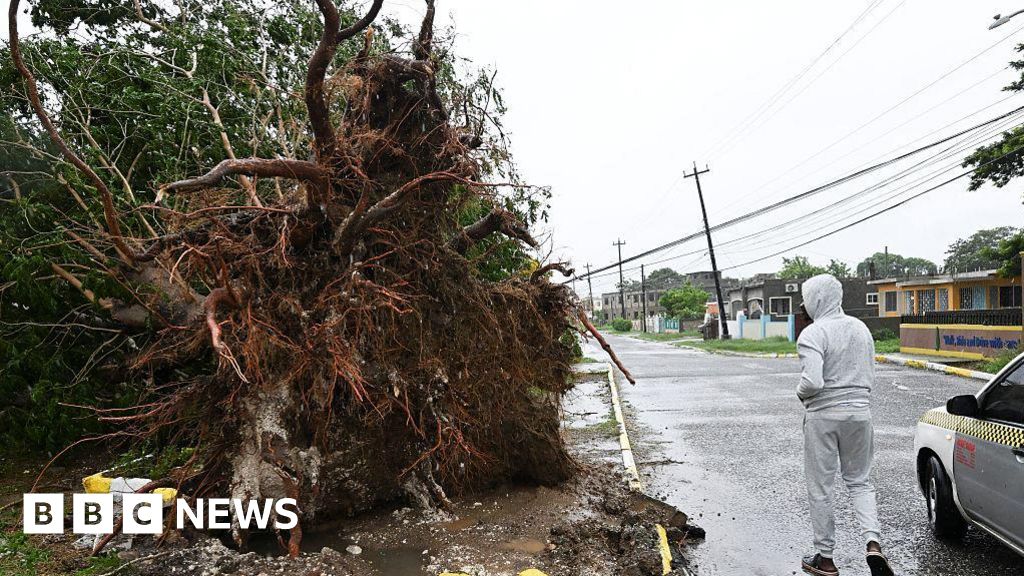A polar vortex is set to plunge the eastern US into winter by next week, bringing freezing temperatures and storms to nearly half the country.
Meteorologists are tracking a mass of Arctic air descending from Greenland and northern Canada, expected to hit by November 10.
Forecasts predict temperatures will tumble more than 20 degrees below normal across the East, with freezing conditions reaching into the Deep South and highs only in the 30s and 40s across northern and central Florida.
Average November temperatures in the eastern US vary widely by latitude, with highs generally ranging from the low 50s in the Northeast to the 60s in the Southeast, and overnight lows dropping from the 30s in the north to the 40s or 50s in the south.
This early-season shift could bring multiple storm systems and the potential for snow in higher elevations, including the Catskills, Adirondacks, and parts of New England.
According to WPIX senior meteorologist Mike Masco, snow is likely in elevated areas of New York, Pennsylvania, and several New England states between November 10 and 15.
Meteorologist Tomer Burg shared on X: 'The East Coast will get its first preview of winter weather next week as a transient but deep cold airmass traverses the region; widespread well-below-average temperatures are expected for a couple of days.'
Meanwhile, the Midwest, including Minnesota, Illinois, Indiana, Michigan, and Ohio, is expected to face blustery conditions and steady rainfall this weekend.
The polar vortex is predicted to shift into the US by November 10
Temperatures this month are expected to fall rapidly as extremely cold air from Greenland and Canada rushes into the US (Stock Image)
A polar vortex is a large area of low pressure and cold air that surrounds the Earth's poles, mainly affecting the Northern Hemisphere during winter.
It forms due to the temperature difference between the cold polar regions and the warmer tropics, creating strong counterclockwise winds.
This vortex helps keep the cold air near the poles, but sometimes it can weaken or shift, allowing cold air to move south into the US.
Although the US has been experiencing a fairly mild fall so far, Masco explained that the atmosphere is set to realign itself this weekend, with several high-latitude blocking events poised to form.
These blocks are large areas of high pressure that develop around the poles. They can slow down the jet stream, which is a fast-moving river of air high up in the atmosphere that usually moves weather systems from west to east across the US.
When the jet stream slows down because of these blocks, it allows cold air from the North Pole to move further south more easily and consistently, causing unseasonably frigid conditions later this month.
'It's still early for measurable snow along the I-95 corridor or within the New York City metro area, but for snow lovers, the signals are becoming increasingly encouraging for an early-season event as we approach Thanksgiving and into December,' Masco said in a blog post.
Some forecasts for the impending Arctic blast revealed that the polar vortex may stretch as far south as Arkansas and Tennessee.
Early season snow could begin to fall by mid-November in New York, Pennsylvania, and several New England states as a polar vortex descends into the US (Stock Image)
The eastern portions of the Dakotas, Nebraska, Kansas, and Oklahoma may also feel the wintry blast by Monday.
Ryan Maue, former chief scientist at the National Oceanic & Atmospheric Administration (NOAA), noted that the arctic conditions moving into the Northeast and Midwest this month aren't typically seen until mid-January.
'The initial 'cold anomaly' begins north of Greenland and steps southward -- handed off by passing shortwave troughs -- until it is as far south as Georgia,' Maue posted on X.
Twenty states are expected to see rain and unseasonably cold temperatures this weekend
The last polar vortex to collapse into the US earlier this year left a mess across much of the country, bringing feet of snow, landslides, and cancelled flights to millions of Americans.
Throughout most of February, meteorologists noted that the jet stream bringing cold air from the north was locked in an almost perfectly straight line over America, moving from west to east.
This nonstop weather system continued to fuel winter storms, which developed in the Plains and Midwest and swept up into New England.
The early cold blast may force a rewrite of this winter's prediction in the Old Farmer's Almanac, which forecasted a mild and dry winter for much of the Northeast.
Northeast states, including Maine, Vermont, New Hampshire, New York, Massachusetts, Rhode Island, and Connecticut, were all predicted to see mild temperatures and less snow in the coming months.
Masco added that a second wave of wintry conditions could arrive in the eastern US between Thanksgiving and the first week of December.
He warned that the 'atmospheric ingredients' are lined up for several wild swings in both temperature and precipitation as the US heads into winter in late December.
 (1).png)
 5 hours ago
1
5 hours ago
1















